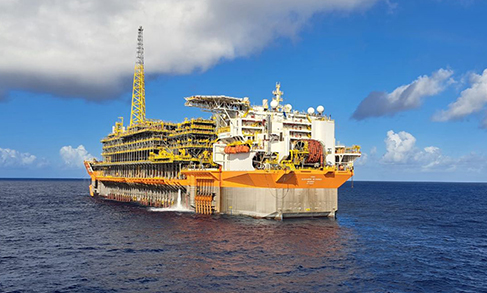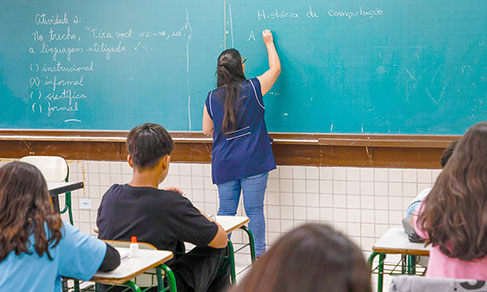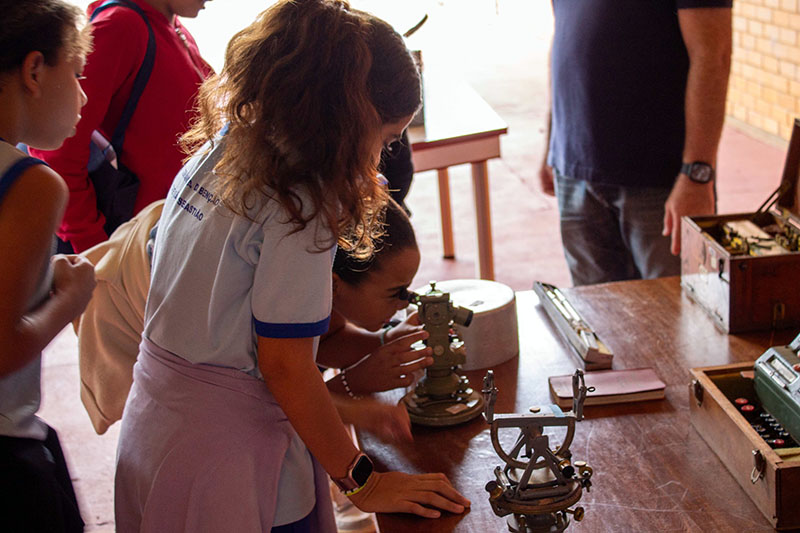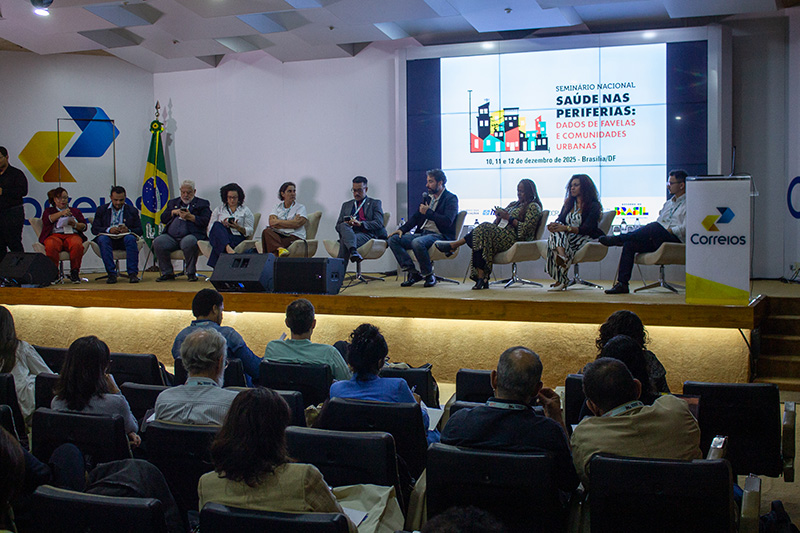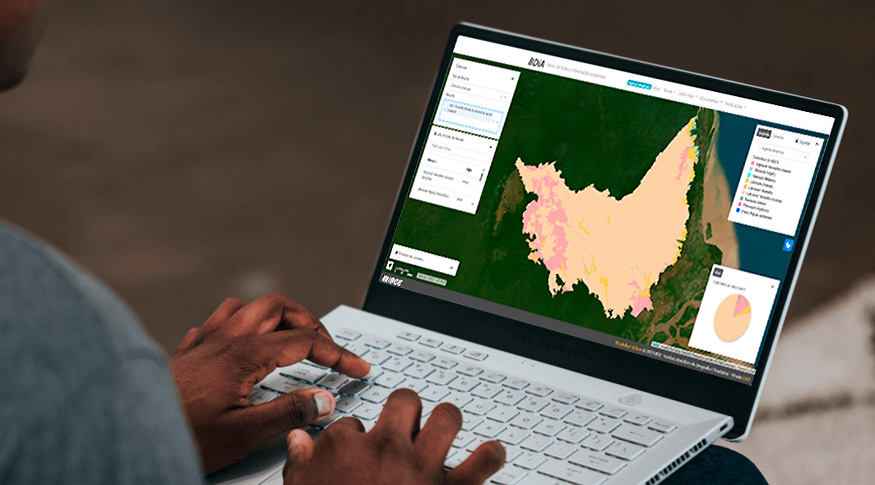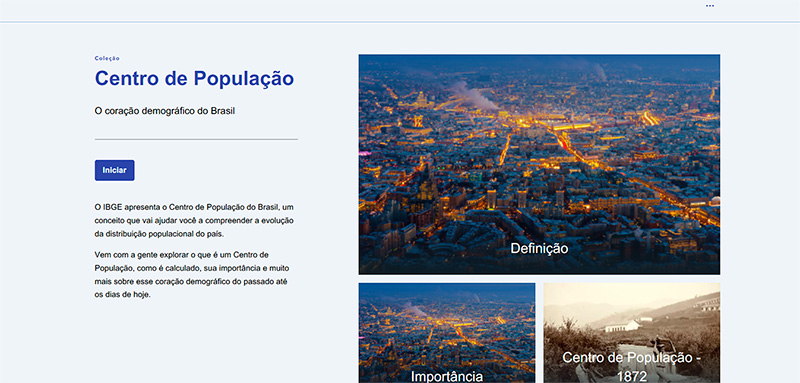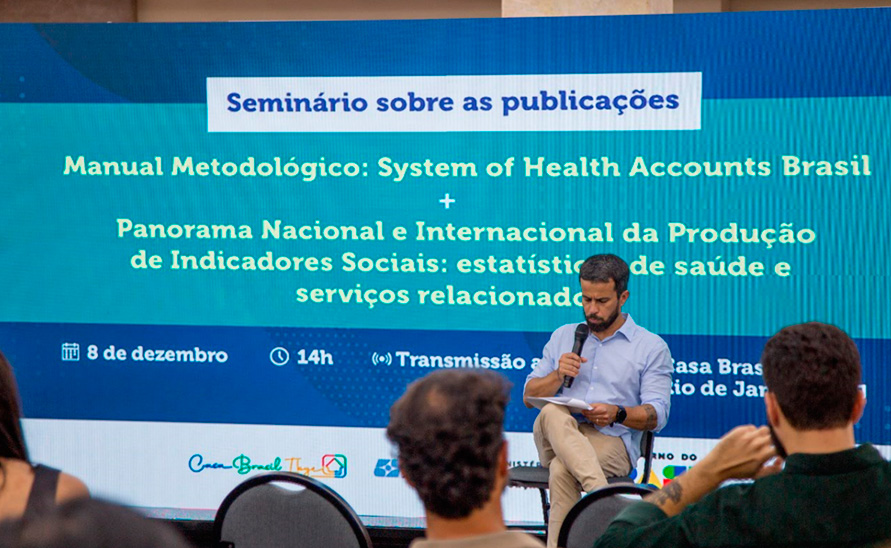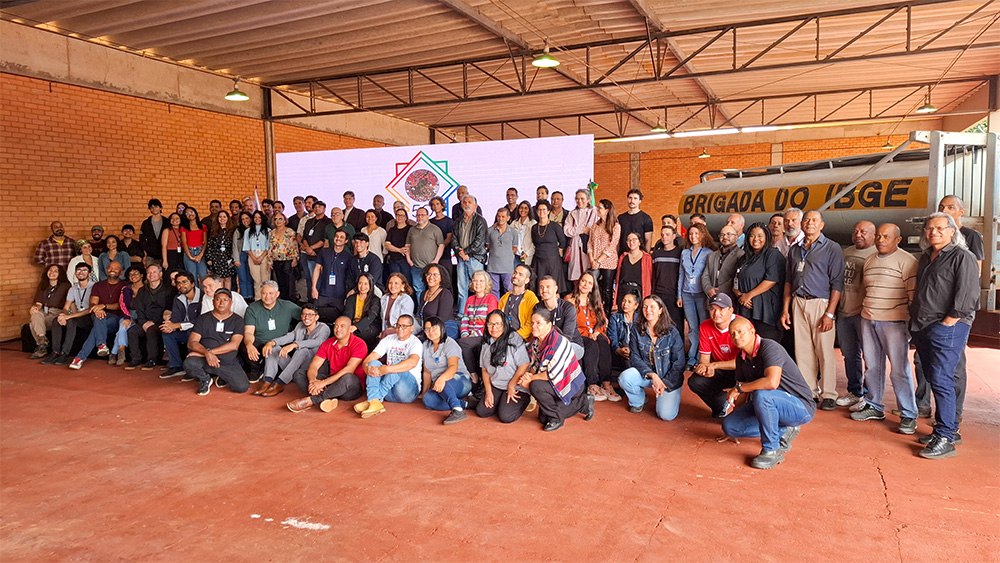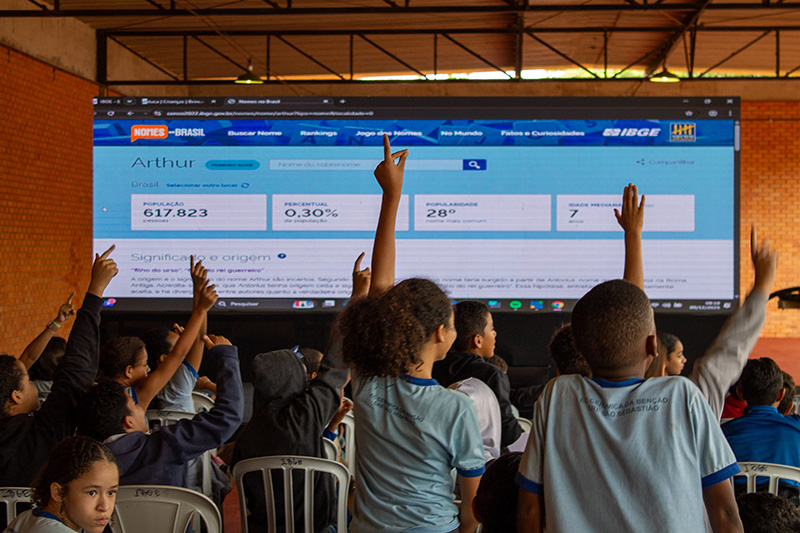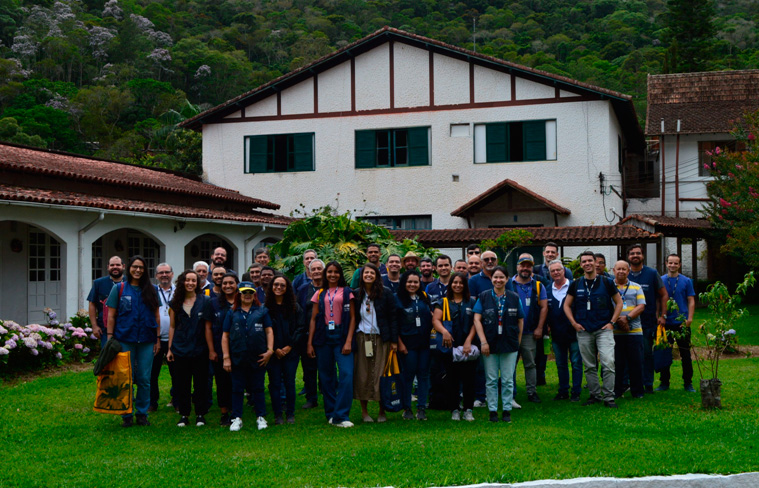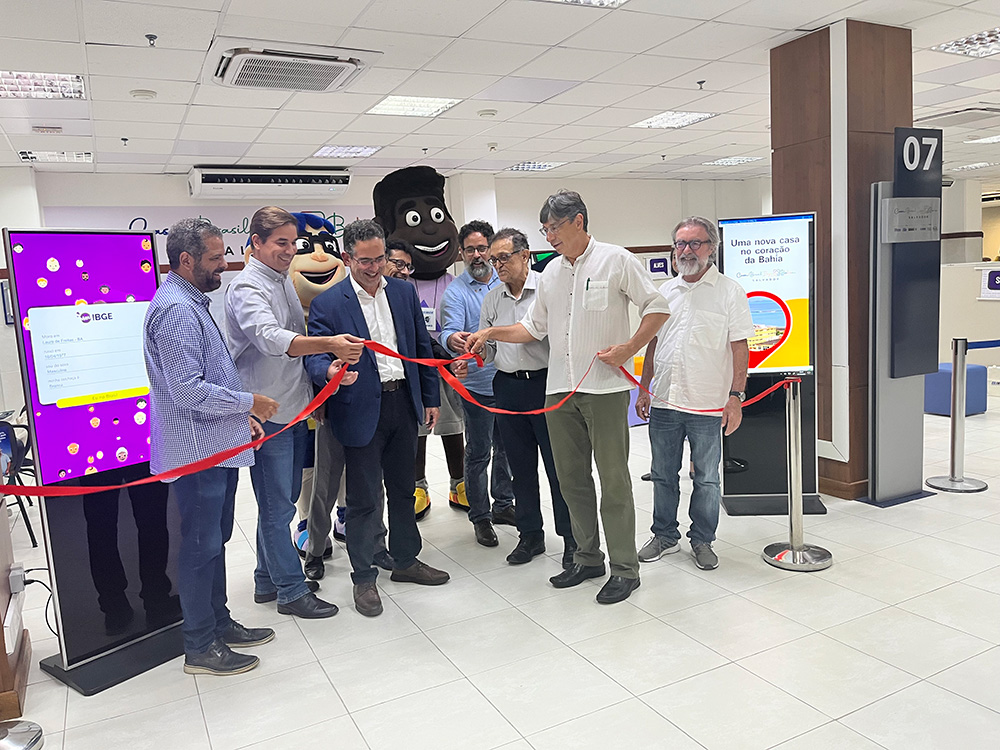RMPG
Geodetic Permanent Tide Gauge Network´s page is more interactive
November 27, 2024 10h00 AM | Last Updated: November 27, 2024 10h38 AM

Aiming at making the access to sea level data and meteorological data more interactive, the Brazilian Institute of Geography and Statistics (IBGE) released today (27) new features on the page of the Geodetic Permanent Tide Gauge Network (RMPG). The updating not only allows users to access the data of the tide gauge stations and download text files with information on the sea level and data of the meteorological sensors, but also to directly interact with the information generated by each tide gauge station.

The updating allows to graphically view the behavior of the sea level received by each sensor, either radar or encoder (buoy and balance); select the desired period of analysis; access sea level data either in absolute (observed values) or relative format (absolute values subtracted from the median of the selected period); produce graphs to forecast astronomical tide; produce graphs of meteorological observations that allow to assess wind direction and speed, atmospheric pressure, temperature, relative air humidity and precipitation.(
"These new features bring a higher level of interaction between users and data on information already available. The idea is to provide a more didactic product and then hit more people. Users will have the option to generate a graph as desired, the information will be more palatable and easier to be understood," explained Everton Gomes dos Santos, responsible for the IBGE Sector of Tide Gauge.
The new interface of the RMPG Portal shows the four new interaction options of users with data on the left bar. To filter data on the portal, users should select the station, inform the first and last date and time of the desired data and then click on "Update graph" to view it. In every graph, positioning the mouse on points shows information related to the measured and expected variable, and associated date and time.
Everton Gomes pointed out that "the major functionality of the page is to monitor the sea level for geodetic purposes. However, the expansion of knowledge allows our data to be used interchangeably, i.e., for issues like environment, civil engineering, coastal engineering and climate changes. All these matters are addressed by the information produced in the six tide gauge stations distributed along the Brazilian coastline.
Today, the tide gauge network counts with six stations in the cities of Imbituba (SC), Arraial do Cabo (RJ), Salvador (BA), Fortaleza (CE), Belém (PA) and Santana (AP), which collect information on the height of the sea level and meteorological data, wind direction and speed, temperature, air humidity, precipitation and atmospheric pressure. The stations of the Geodetic Permanent Tide Gauge Network are part of the Global Sea Level Observing System (GLOSS) and transmit data every 5 minutes to the sea level dashboard, directly contributing to the Tsunami Warning network in the Caribbean.

Besides the geodetic purpose of the RMPG, the information collected by the network stations is used for port activities and waterways, construction of infrastructures in coastal areas, coastal management, studies on the rise of the average sea level and monitoring of extreme events. "The areas that will be mostly impacted with the updating are the research area and users who work in the Brazilian coast. Our aim is to expand this public to students of the primary and secondary schools interested to know how the tidal system works by means of astronomical forecasts, and how the sea level behaves day by day," stated the person in charge of the IBGE Sector of Tide Gauge.
"This update is an important advance as it makes the information easier to access. Since 2015 we have been making efforts to innovate even more the IBGE´s Geodetic Permanent Tide Gauge Network in order to meet the users´ desires. Many innovations have been made over the last 10 years, among them the acquisition of up-to-date equipment and important partnerships with several national and international offices, the page is a way to consolidate these small advances," concludes Everton Gomes.
On RMPG
Since 2001, the IBGE maintains the Geodetic Permanent Tide Gauge Network (RMPG), assuring the continuous monitoring of the sea level changes along the Brazilian coastline. This structured work allows to link the Brazilian Geodetic System to other levels of coastal reference, as well as to support studies and applications aiming at updating the Brazilian official heights.


